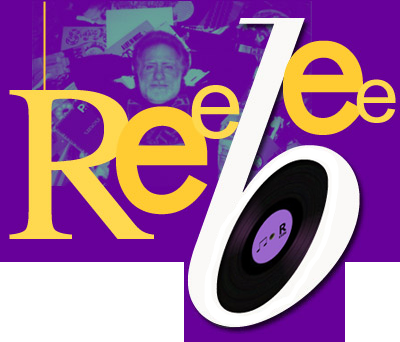Pop Waves
Thoughts on Creating Pop Waves
Reebee Garofalo (4/29/15)
Representing 60 years of music, 1200 musicians, and 75 genres, Pop Waves picks up where The Genealogy of Pop Rock Music left off; it categorizes the top pop artists of each year since rock ‘n’ roll began by style. Bolded titles and genre boundaries show the flow and interrelationships among styles; artist names and dashed arrows represent moments of peak popularity.
The basis for Pop Waves began some 40 years ago as part of the research I was doing for Rock 'N' Roll is Here to Pay: The History and Politics of the Music Industry (1977) by Steve Chapple and myself. It first appeared as a three-page fold-out called Marketing Trends and Stylistic Patterns in Pop/Rock Music that went from 1955-1974 in early printings of the book. This is the version that appears in Ed Tufte’s Visual Explanations (1997).
In 1979, I was commissioned by NBC Radio to update the chart, at which point I renamed it The Genealogy of Pop/Rock Music. This is the version that became the professional poster displayed on the HistoryShots website.
Although Pop Waves is essentially an extension and an update of the Genealogy, the construction of Pop Waves not only occasioned the creation of dozens of new genres, it also necessitated some refinements in the original graphic. The soul categories were further subdivided to include southern soul and funk. Art rock, glam, and southern boogie were added to the rock lexicon.
I once estimated that the original graphic took me about 100 hours to complete. Pop Waves clocked in at around 300 hours. In both instances, I did all the design work and the original drawings myself, then brought in artists with calligraphy skills to do the final lettering.
From the beginning I used the year-end pop charts of leading trade magazines like Billboard to compile the basic data, and consulted music encyclopedias, the rock press, and, more recently, any number of online databases, as well as a team of experts in the field (academics, radio personalities, music journalists, etc) to help me craft genres names and categorize hard-to-place artists. Still, the results are quite subjective, much more an art than a science.
It is worth noting that the various inputs that determine the chart position of a given recording have changed over time. What was once a straightforward, if notoriously corrupt, tabulation of record sales and radio play, has become an unruly assemblage of new formats and platforms, and new ways of accessing and sharing music. As a result, it is unclear whether chart position in 2014 is measuring quite the same thing as chart position in, say, 1967.
It is also important to note that the data I am using captures the top of the commercial bubble. These are not necessarily the most interesting or talented artists, or even the most influential musically. They are simply the most broadly popular at a given moment. So there are any number of other interesting graphic representations that could be made. This is simply the one I wanted to make. All its contradictions notwithstanding, it attempts to tell the story of US popular music culture, writ large. And I am largely pleased with the results.
While the concept and design for Pop Waves are fully my own, this project could not have happened without the help of others. I am beholden to my crack team of advisors—Murray Forman, Wayne Marshall, Steve Waksman, and Elijah Wald—for their invaluable assistance in helping me with naming styles and positioning artists. Hats off to Jan Boyd for her awesome calligraphy in the final rendering of artists’ names. Finally, I am deeply indebted to Larry Gormley (who convinced me to take this on) for his pixel-level interventions and tasteful aesthetic choices in turning Pop Waves into an appealing poster.
If we have done our jobs, Pop Waves will provide you with endless hours of musical memories and arguments with your friends. It's perfect for music lovers and owners of large walls everywhere.

